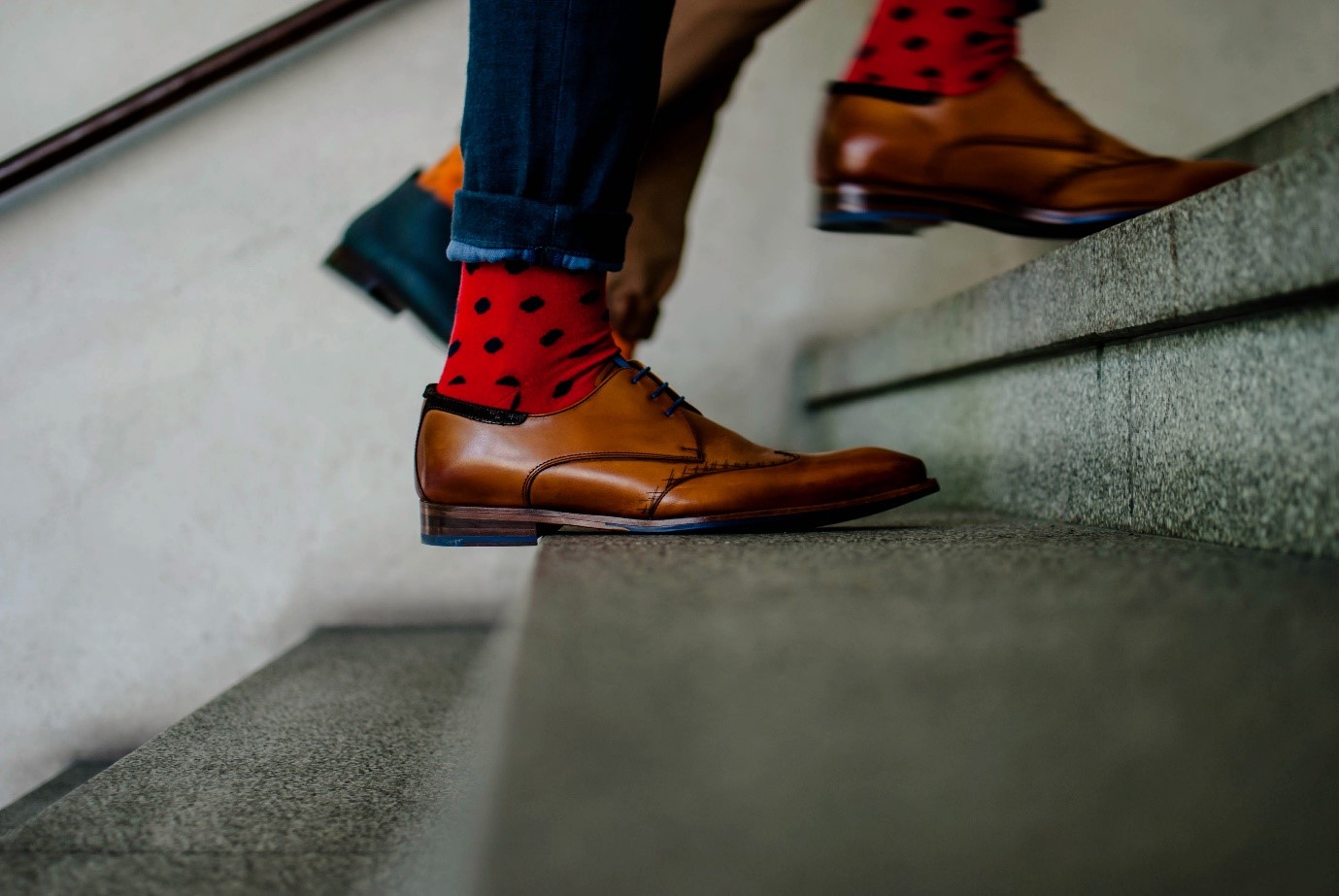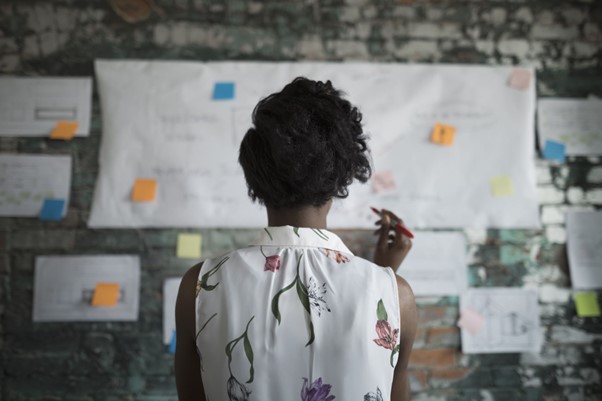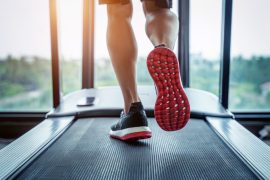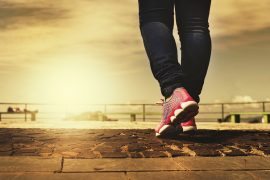It’s ten minutes from lunch and you’ve just finished a long meeting. Toward the end of the meeting, a new project proposal was raised by your manager. This project is different to your average work project and requires consideration of factors not typically present within your usual work. You ran out of time in the meeting to brainstorm as a team, so your manager encouraged you to think about possible ways to creatively and effectively approach the project between now and the next meeting.

Your options for the next ten minutes are:
- Quickly return to your desk and use the time to tick off some easy tasks before lunch.
- Stay in the board room and write down some strategies for the project proposal while it’s fresh.
- Take a ten-minute walk and verbally brainstorm your ideas.
If you picked option “3”, you might just come up with the most amount of appropriately novel (or creative) ideas.

How? A study by researchers from Stanford University tested university students’ ability to produce creative ideas from either a seated or a walking condition. It was found that those who switched from sitting to walking in their second trial, produced more novel and quality ideas than those who were seated for both trials. And interestingly, it was also found that those who switched from walking to sitting for their second trial, still performed better than participants who sat for both trials. This suggests a potential lasting effect of the walk, which carried through into their ability to produce creative responses whilst seated for their second trial.
In the context of modern work, this means there may be some value in taking a walk whilst brainstorming ideas and solutions. You might be thinking – “well, that would mean I’d need to take a notepad and pen with me to walk” or “I’d only be able to go outside and walk if the weather was permitting”.

With regard to noting down your ideas, Behavioural and Learning Scientist, Marily Oppezzo, recommends speaking ideas aloud, as was the task within the creative thinking study. Whilst, in some cultures and contexts, talking to yourself aloud might attract some concerned glances, Oppezzo explained that the process of physically noting down an idea can actually act as it’s own filter for your ideas. So, Oppezzo’s solution is to voice-record yourself with your device as you think through the problem and return to it later, to filter through your ideas.
As for the weather – the study actually implemented the exercise condition indoors, in a windowless room. This means even walking through your home, office building or other indoor environment, could be effective in supporting your creative thinking.
So, next time you find yourself facing the blank whiteboard, consider swapping the desk for some motion.
A note from the Author
I would like to Acknowledge the Traditional Owners and their custodianship of the lands on which I researched and developed this content. I pay my respects to their Ancestors and their descendants, who continue cultural and spiritual connections to Country.
This blog was written by Melissa Osborn – who took a walk before writing this post – as part of her Master of Psychology (Health) placement with the BeUpstanding team.
![]()










Comments are closed.